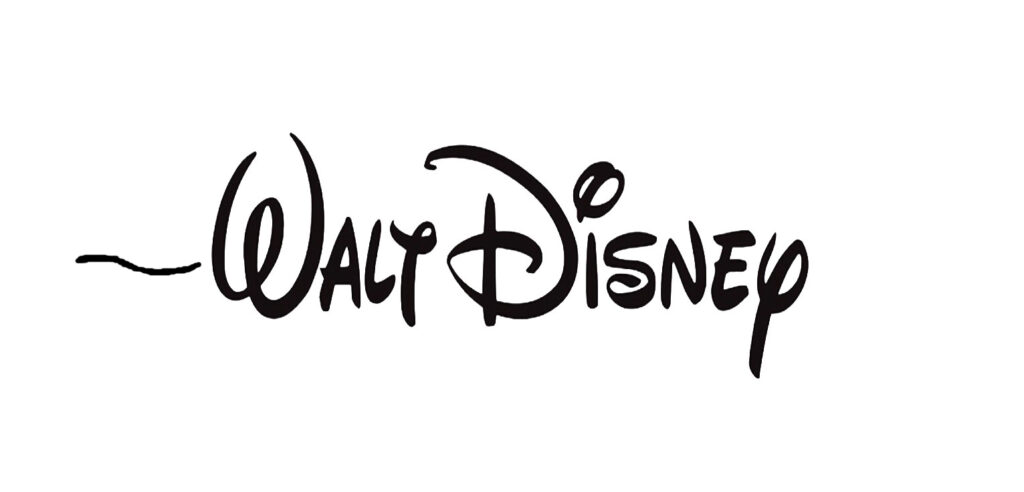PAUL DUKAS’ THE SORCERER’S APPRENTICE — Part One
Though this segment of Fantasia was the inspiration that got Disney connected with Stokowski in the first place, it seems somewhat a misfit in the finished film. In October of 1937, only a couple months before the premiere of Snow White and the Seven Dwarfs, the imagineer and the maestro happened to be dining in the same West Hollywood restaurant, newly-opened Chasen’s, soon-to-become famous as the eatery of the stars. Disney suggested they sit together. Walt told Leopold about his plan to animate a cartoon short timed to French composer Paul Dukas’ (1865-1935) popular tone poem. Right then and there Stokowski volunteered to conduct the piece gratis…
…and suddenly, the motive force behind the Mickey Mouse and Silly Symphony cartoons merged into the apotheosis of the Disney cartoon: the best possible action with the best possible music.[1]
Leopold Stokowski became – at least in the public’s mind – the very ideal of what a conductor should look like: slim, tall, austere, and sporting an aquiline nose and flamboyant shock of white hair. (“He looks like Harpo Marx,” Disney chided, referring to the fuzzy-coifed silent member of the immensely popular comedy trio, the Marx Brothers.[2]) In 1912 Stokowski assumed leadership of a “provincial” orchestra in Philadelphia and according to New York Times’ chief music critic Harold C. Schonberg (1915-2003), “Soon he made it the greatest virtuoso orchestra in America and, most likely, the world.”[3] By the time he collaborated with Disney he was already a national celebrity, not only lauded for his concerts and recordings but featured in the films The Big Broadcast of 1937 (1936) and 100 Men and a Girl (1937). Also, he became notorious for his romantic fling with renowned movie star Greta Garbo (1905-1990), which started just about the same time as his work on Fantasia. After collaborating with Disney on Fantasia, Stokowski assessed the man thus:
“Walt had the imagination, insight, humor and sense of design to enter into the feeling of life of any man, animal, tree or stone and make us feel with him.”[4]
The Sorcerer’s Apprentice is the only music in Fantasia’s program that is not performed by the Philadelphia Orchestra. Stokowski always conducted with his bare hands rather than with the traditional baton. Between midnight and 3 AM on January 10, 1938, directing 85 local instrumentalists he recorded Dukas’ tone poem. Since no stage at Disney’s Hyperion Studio could accommodate that number…
“The Sorcerer’s Apprentice” was recorded at the Pathé Studio, Culver City, California, on a production stage that was altered acoustically for the occasion.[5]
The maestro deliberately chose that peculiar witching hour so that his hand-picked musicians would be coffee’d up and suitably hyper-charged.
[1] Culhane, John: op. cit., p.81.
[2] As quoted in Culhane, John: op. cit., p. 16.
[3] As quoted in Culhane, John: op. cit., p. 12.
[4] Johnston, Ollie, and Thomas, Frank: op. cit., p. 473.
[5] Korkis, Jim: “What Was Fantasound?”, mouseplanet.com.
